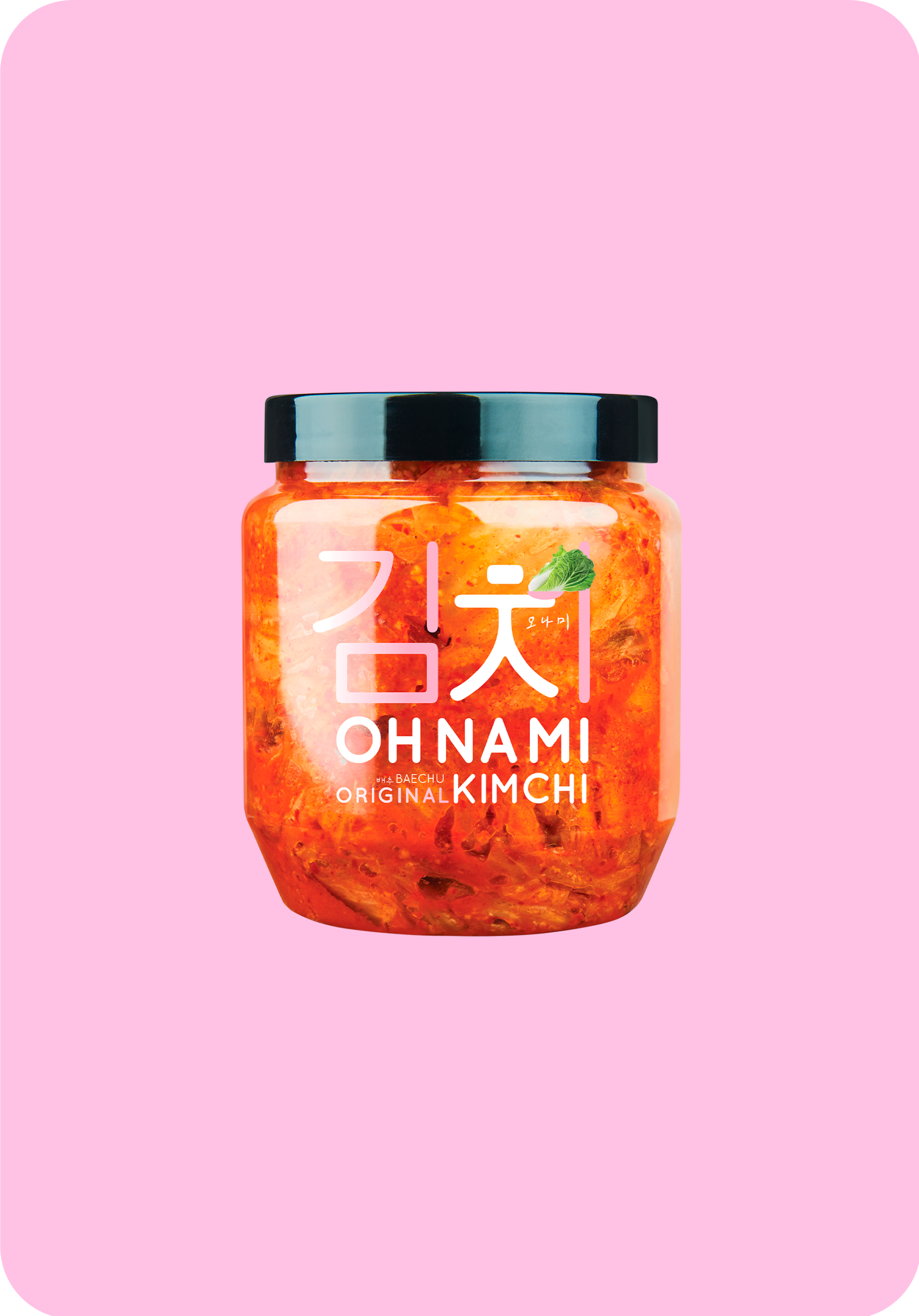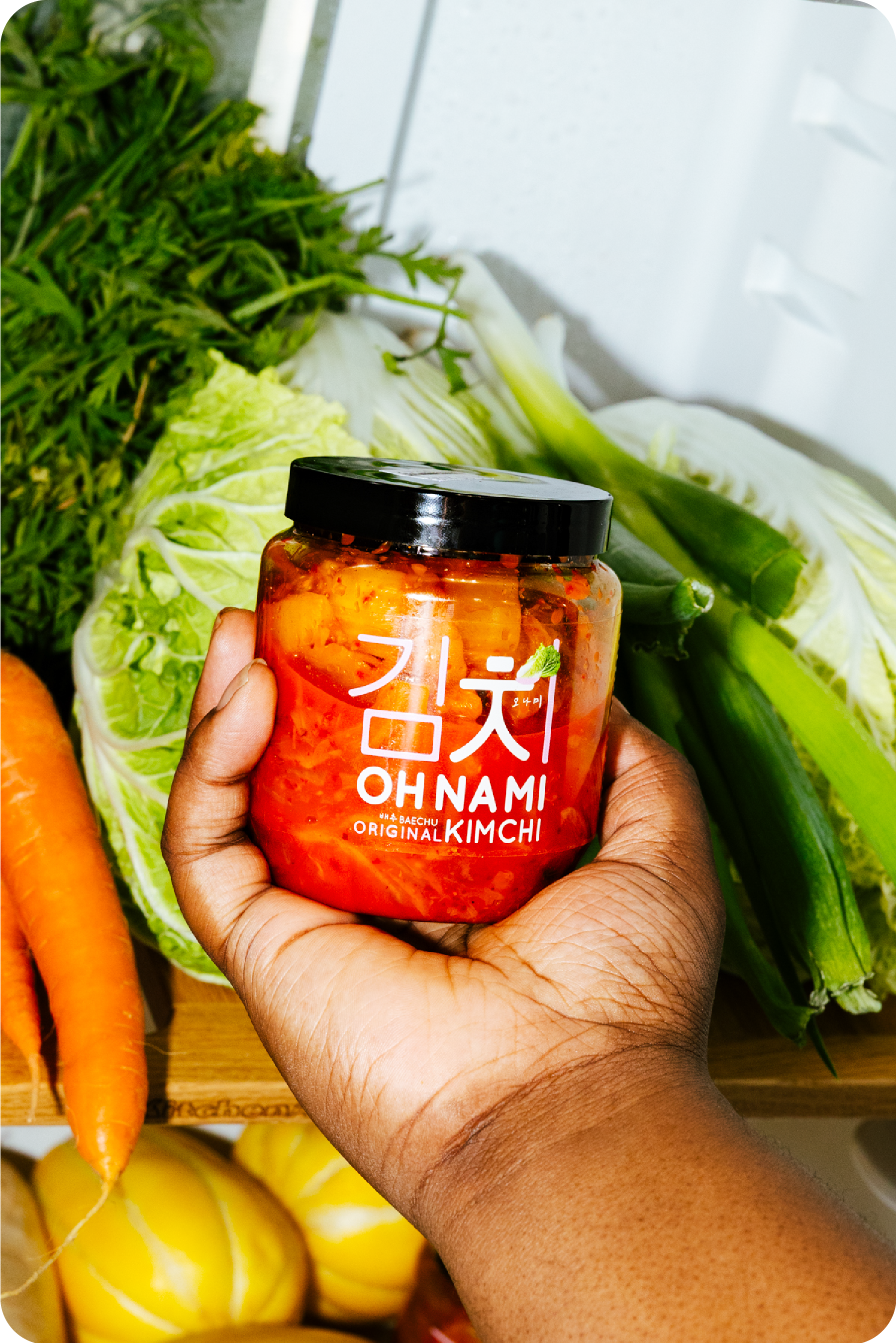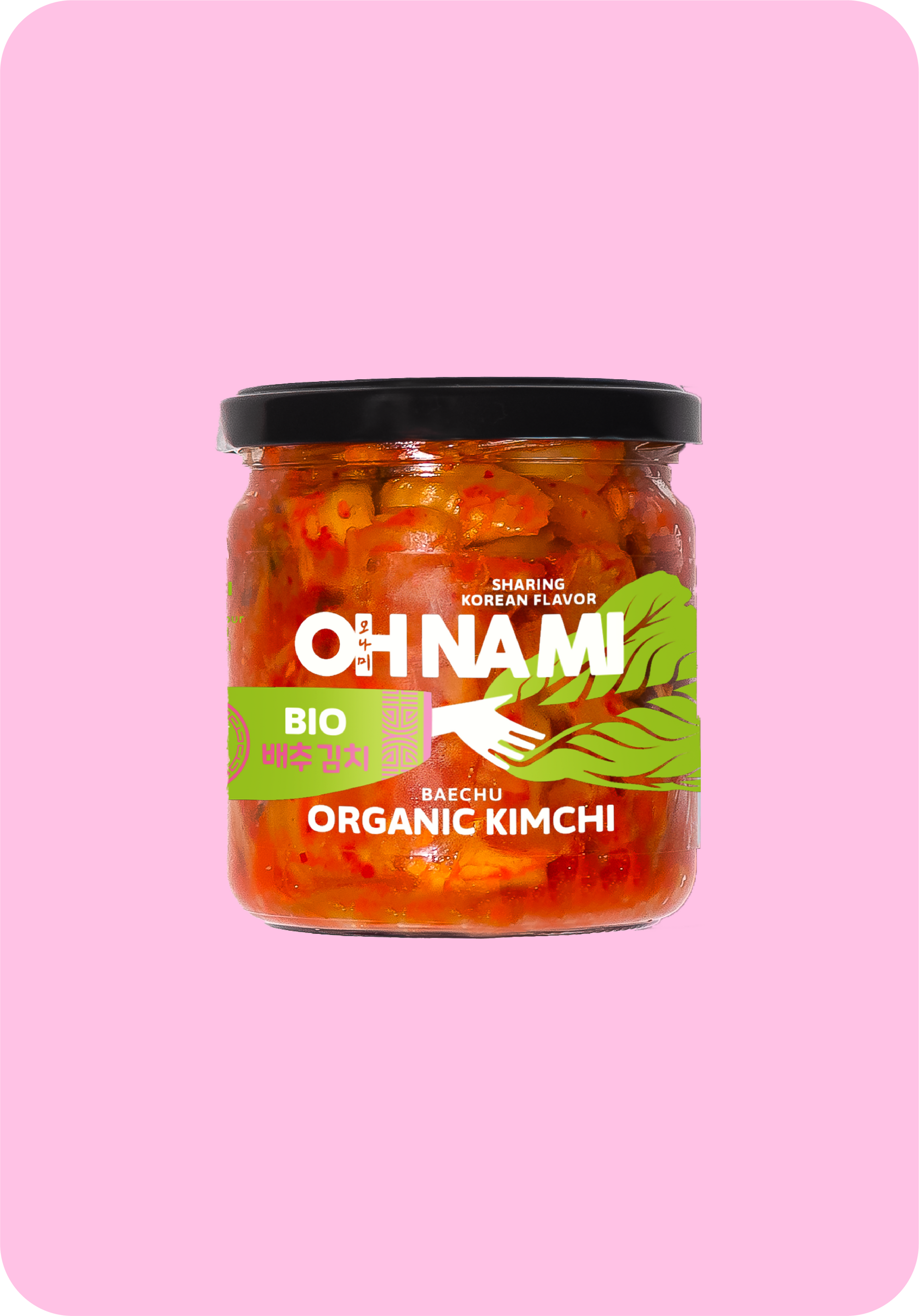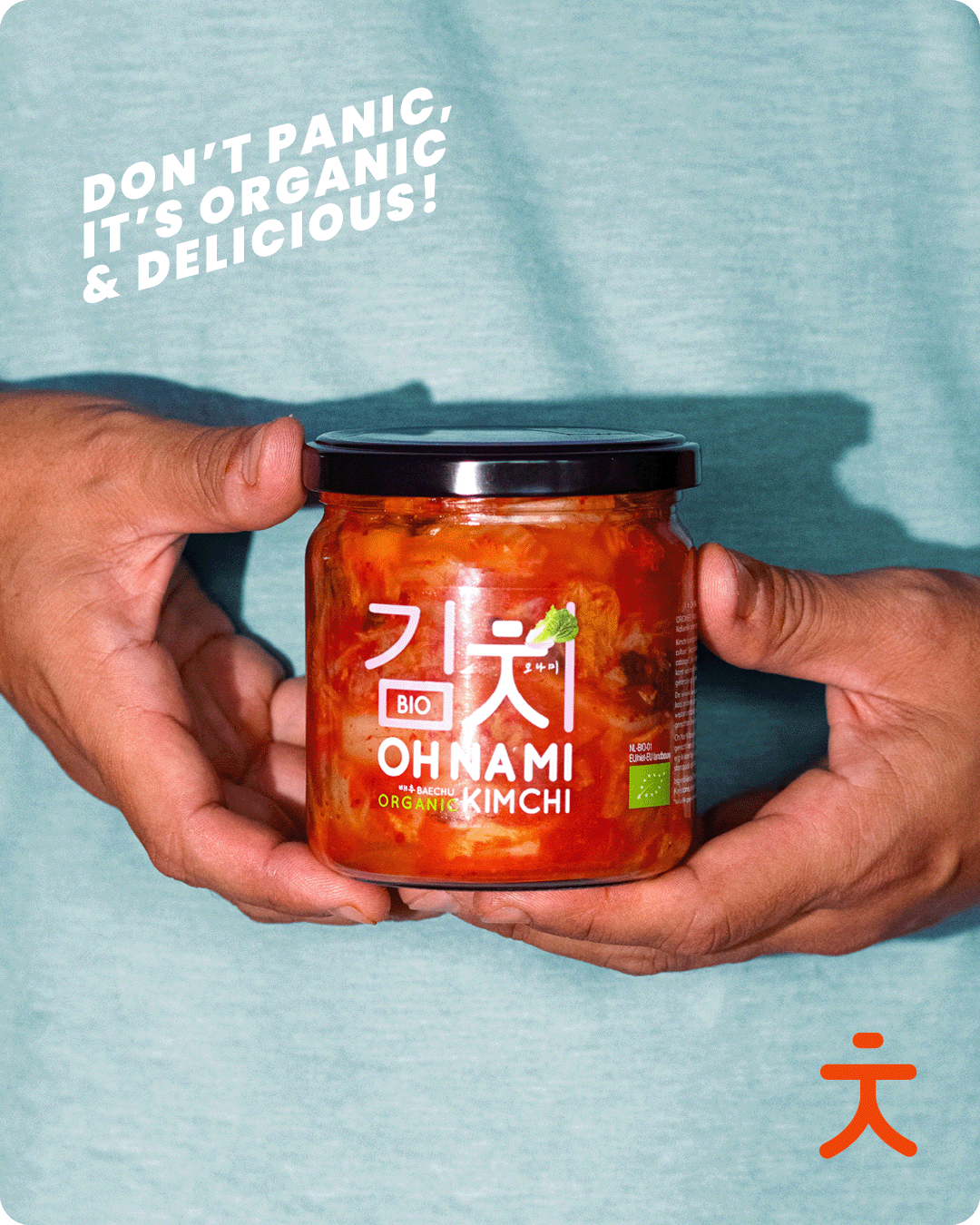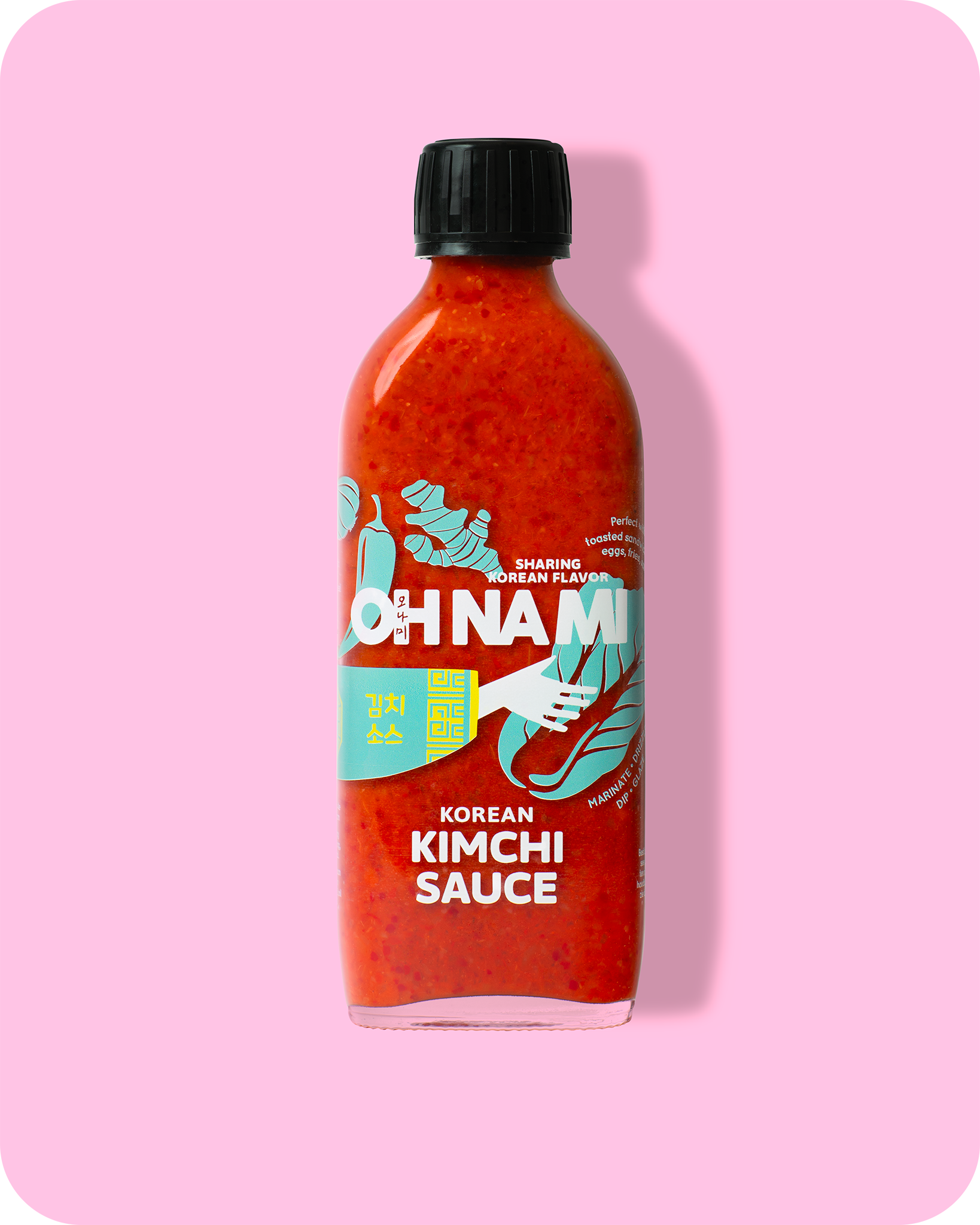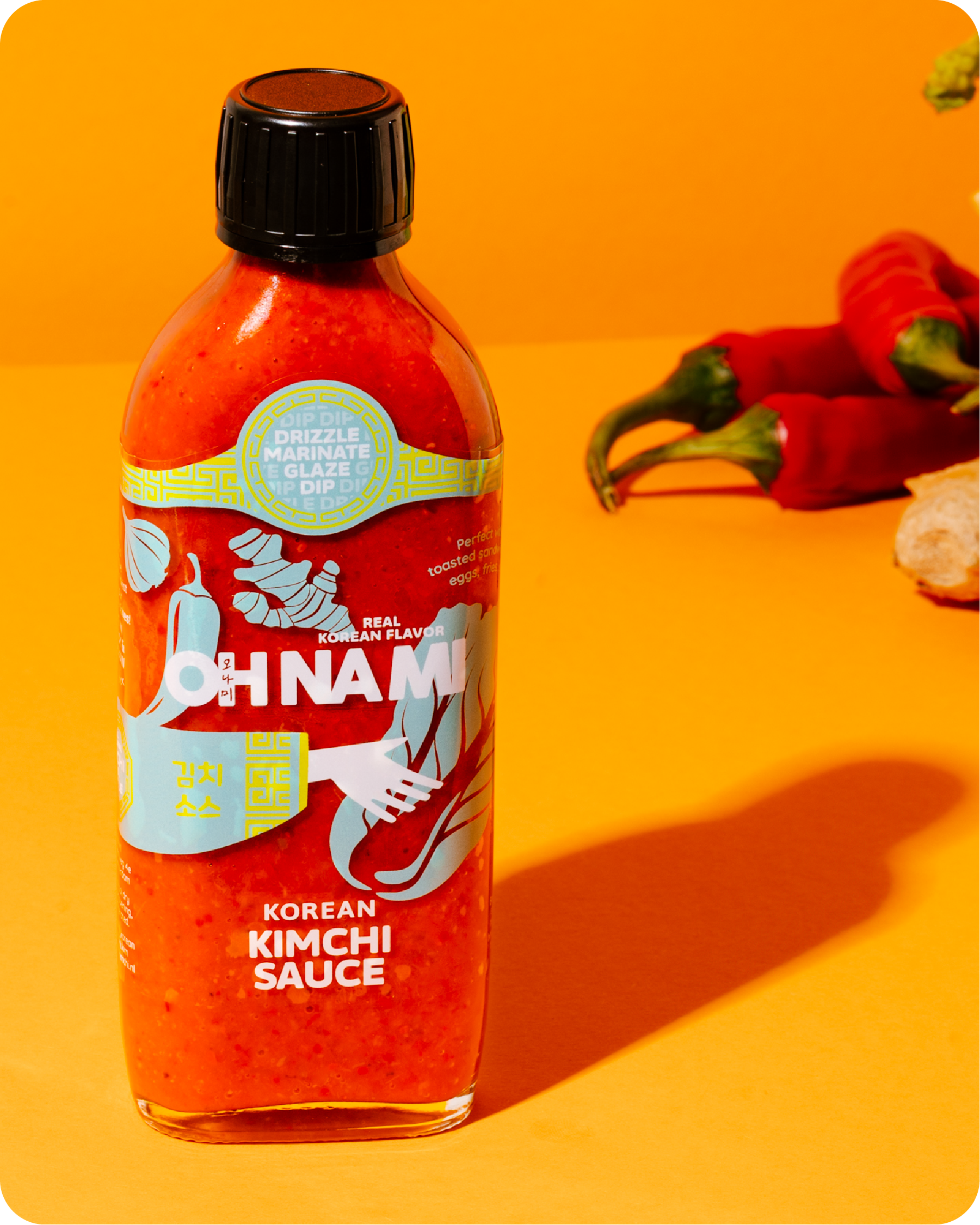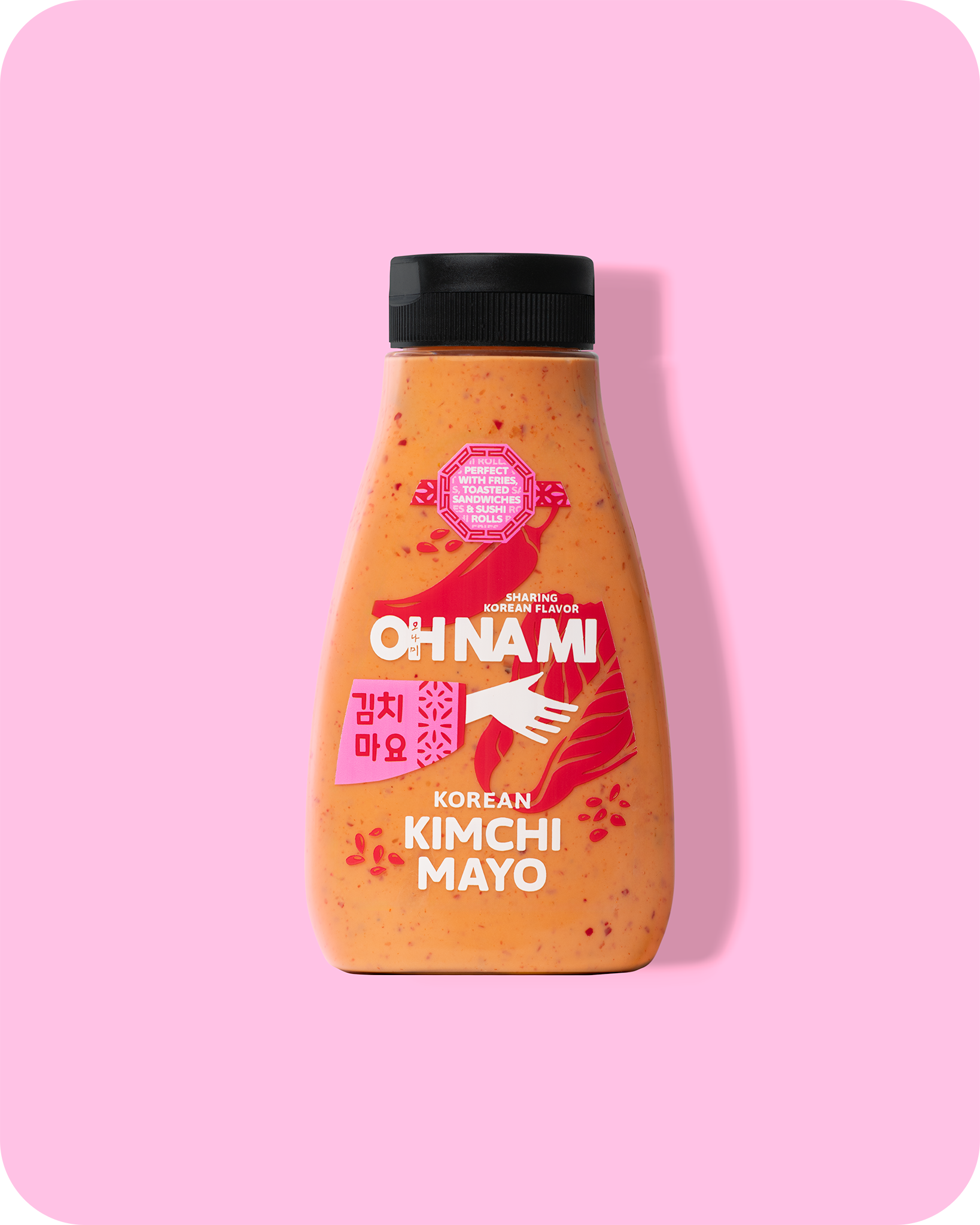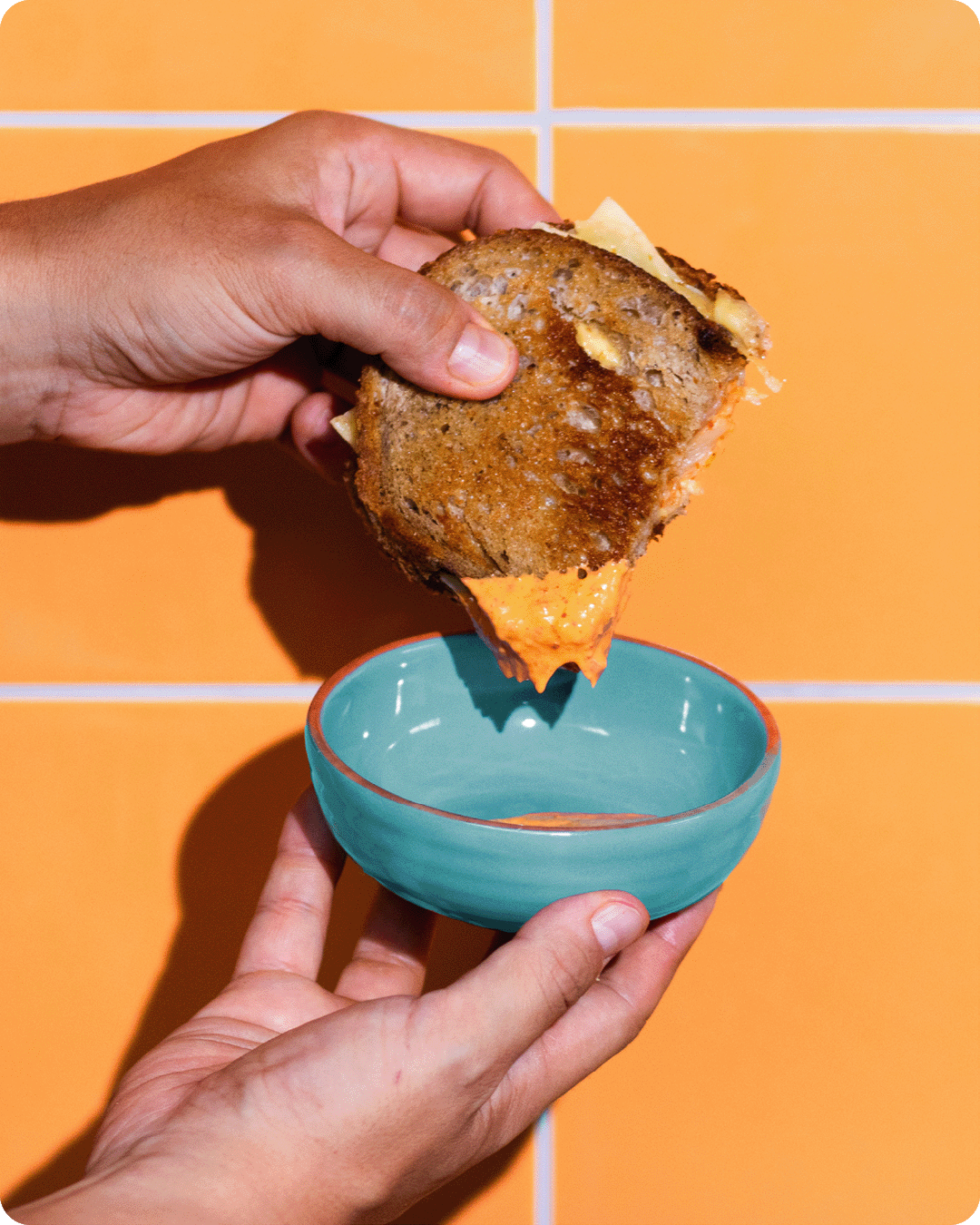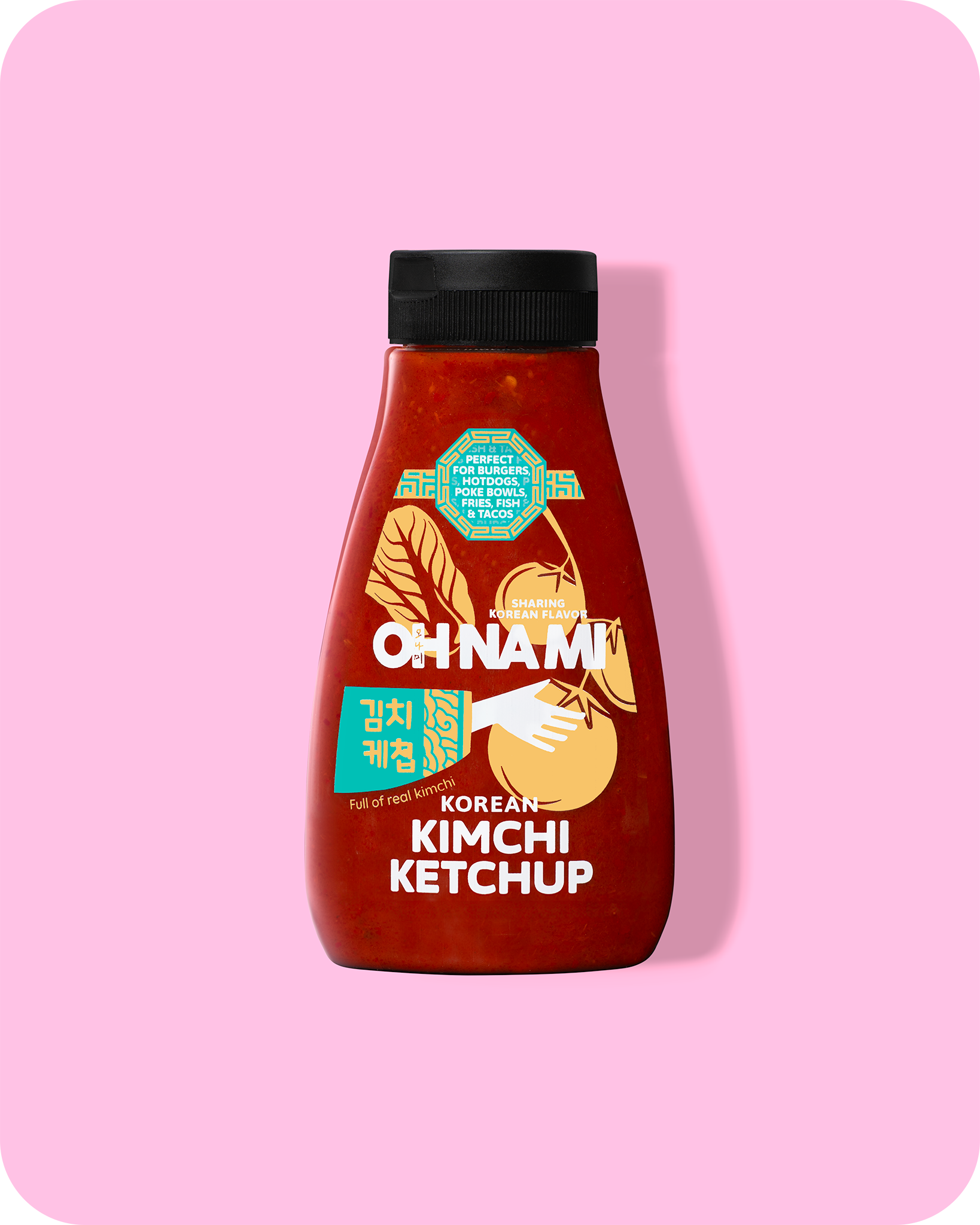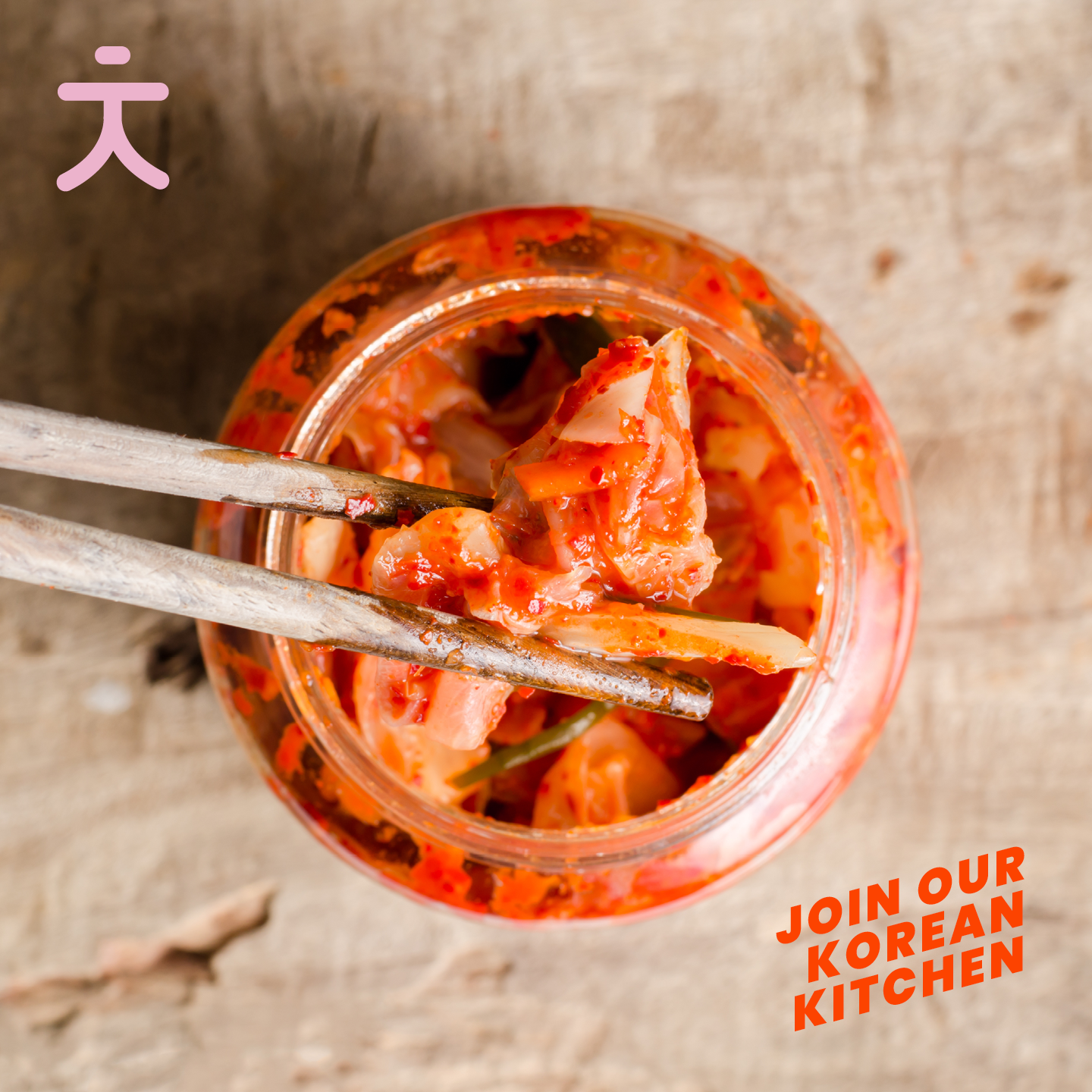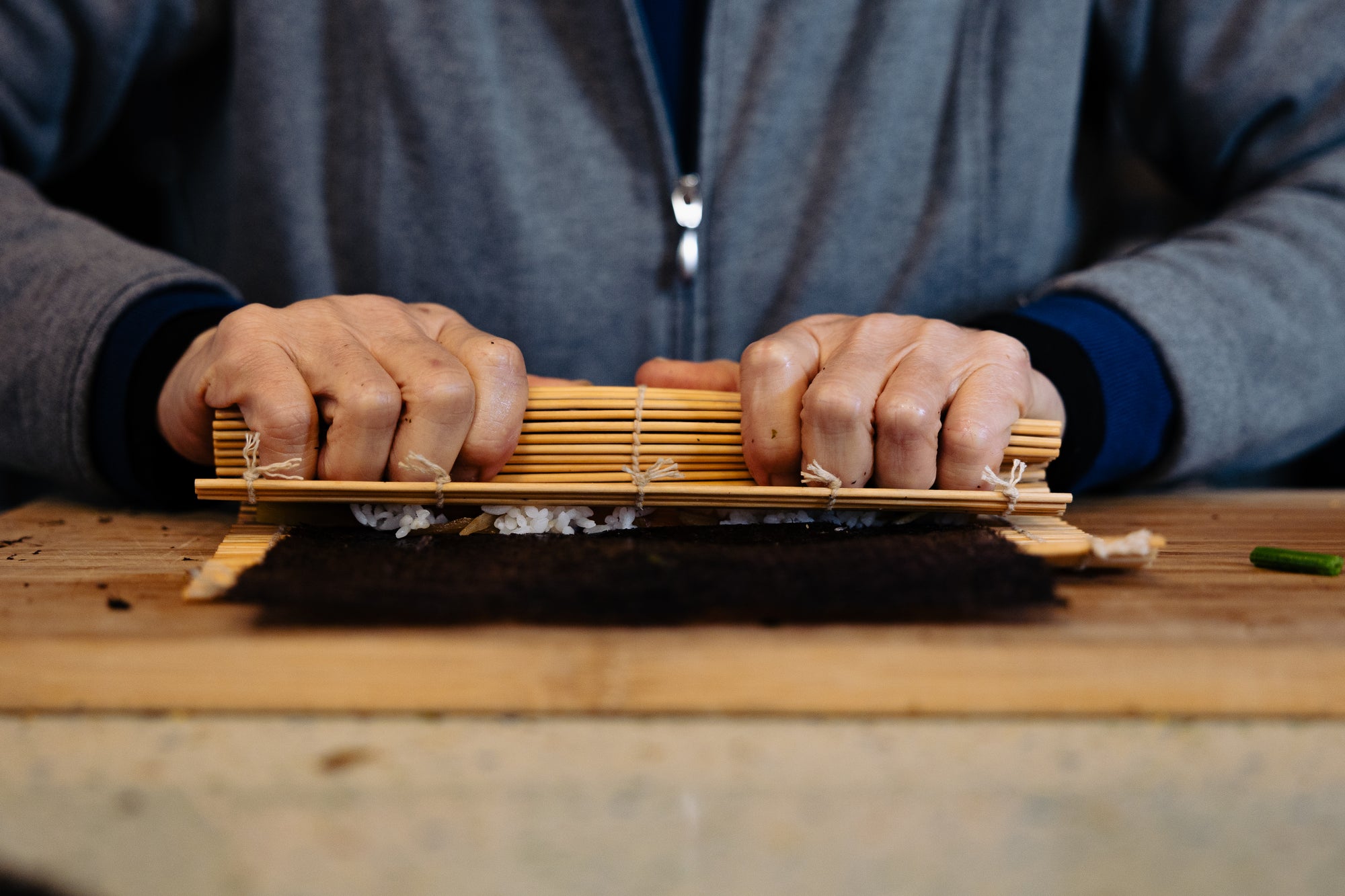
Discovering Kimbap: Origins, Ingredients, and Step-by-Step Recipes
We all know the round slices surrounded with seaweed and filled with rice that we call… kimbap.
Did you want to say Sushi? You are probably not the only one. Sushi was once the most popular food on Instagram and is well-known all over the world. But one of the most popular grab-and-go meals in Korea at the moment is kimbap.
Together with my mom, we created the most delicious kimbap. Enough reason for me to tell you more about this dish. Let’s dive into the world of kimbap together.
Differences between Sushi and Kimbap
Although many call this dish "Korean sushi," there are actually significant differences between Korean kimbap and Japanese sushi.
For instance, rice for kimbap is seasoned with sesame oil, whereas sushi rice is seasoned with rice vinegar. Kimbap is often served in bite-sized pieces, while sushi can be presented in individual pieces or larger rolls, showcasing its versatility in various forms. Personally, I find that kimbap has a delicious taste that doesn’t necessarily require any dip, whereas sushi is often enjoyed with soy sauce and wasabi.
So, are you curious to learn more about what kimbap is and how kimbap tastes?
Discovering Kimbap, what is it?
The name kimbap (or gimbap, 김밥) translates as seaweed (kim) and rice (bap). Kimbap the dish is essentially rice wrapped in seaweed and filled with a variety of ingredients.
The ingredients used in kimbap, while customizable, are often distinct and used specifically for the dish. Traditionally, there are marinated vegetables, fried egg, ground meat, and fish cake, as well as several other ingredients. A great dish of kimbap should represent the entire color spectrum as well as the flavor spectrum. The process of making kimbap is not all that difficult, but it takes some time to master the process of making kimbap.
More about that later in this blog and in our kimbap recipe.
Ingredients of the Korean Kimbap
The list of traditional ingredients used in kimbap is finite and rather small. When professional chefs make kimbap in the traditional style, they'll usually use carrots, spinach, danmuji, which is a yellow pickled radish, fried egg, a fish cake, and marinated beef. The rice used in kimbap is seasoned with salt, sugar, vinegar, and sesame oil.
The various ingredients are typically prepared separately to keep each ingredient's unique flavor intact and distinct from the other ingredients. So when the ingredients come together, the result is a dish with a highly complex flavor profile.
Although this is traditionally how kimbap is prepared, you can use any number of different ingredients you choose to make kimbap at home and prepare it in any way you wish. There's no end to the customizability of the dish.

Types of kimbap
There are three main types of kimbap:
Traditional kimbap — made with rice, seaweed, and a flavorful filling.
Nude or French kimbap — with seaweed on the inside and rice on the outside.
Samgak kimbap — a convenient triangle-shaped kimbap, emerged in the early 90s, and is sold in convenience shops in South Korea, covered in a plastic wrapper. Inspired by Japanese rice balls, it showcases Korean delicacies like kimchi, bulgogi, and bibimbap.
Among these three kimbap variations, the possibilities are truly limitless, including:
Mayak kimbap - A specialty of Gwangjang Market in Seoul. The beloved mini version resembles traditional kimbap but is presented in a long, unsliced roll. They are served as little stacks of cylinder rolls. the Kimbap is sprinkled with ground sesame seeds and dipped in its pairing sauce, made from soy sauce and mustard
Chamchi kimbap - this variety of kimbap has lots of filling (tuna) and less rice wrapped in seaweed, making them substantial circles of filling. As well as the tuna, they may also include vegetables (fresh or pickled), eggs, and fish cakes.
Chungmu kimbap - this kimbap is made with only rice as the filler ingredient, wrapped in seaweed. That makes these rolls thin and cylindrical. They are served with spicy squid and radish salad to add flavor.
Step-by-Step Kimbap recipe
- First things first, opt for freshly cooked rice – it's the key to a good-tasting kimbap. Keep it warm until showtime.
- Season the rice after all the filling ingredients are prepped. Mix the rice with a dash of sesame oil and salt while the rice is still hot/warm.
- Keep the filling ingredients as dry as possible by removing excess water, so say goodbye to excess water
- Lightly season each filling ingredient. The pickled radish and burdock roots are already salty.
- Wet your fingers with water or sesame oil before spreading the rice onto the seaweed to prevent any sticky rice situation. Have a little bowl of water or sesame oil next to your rolling station.
- Use a sharp knife to cut your rolls nice and clean. Make a clean slicing motion and make the full slice in one go. Clean the knife with a wet kitchen towel between each cut.
-
Store the sliced kimbap in an airtight container. Kimbap is best eaten on the day it’s made, but if you're saving some for later, pop it in the fridge and reheat it in either the microwave or in a pan.
Need a revival? Dip the refrigerated Kimbap in egg batter and pan fry.
I hope we got you excited about Kimbap. Soon we share our recipe with you!


